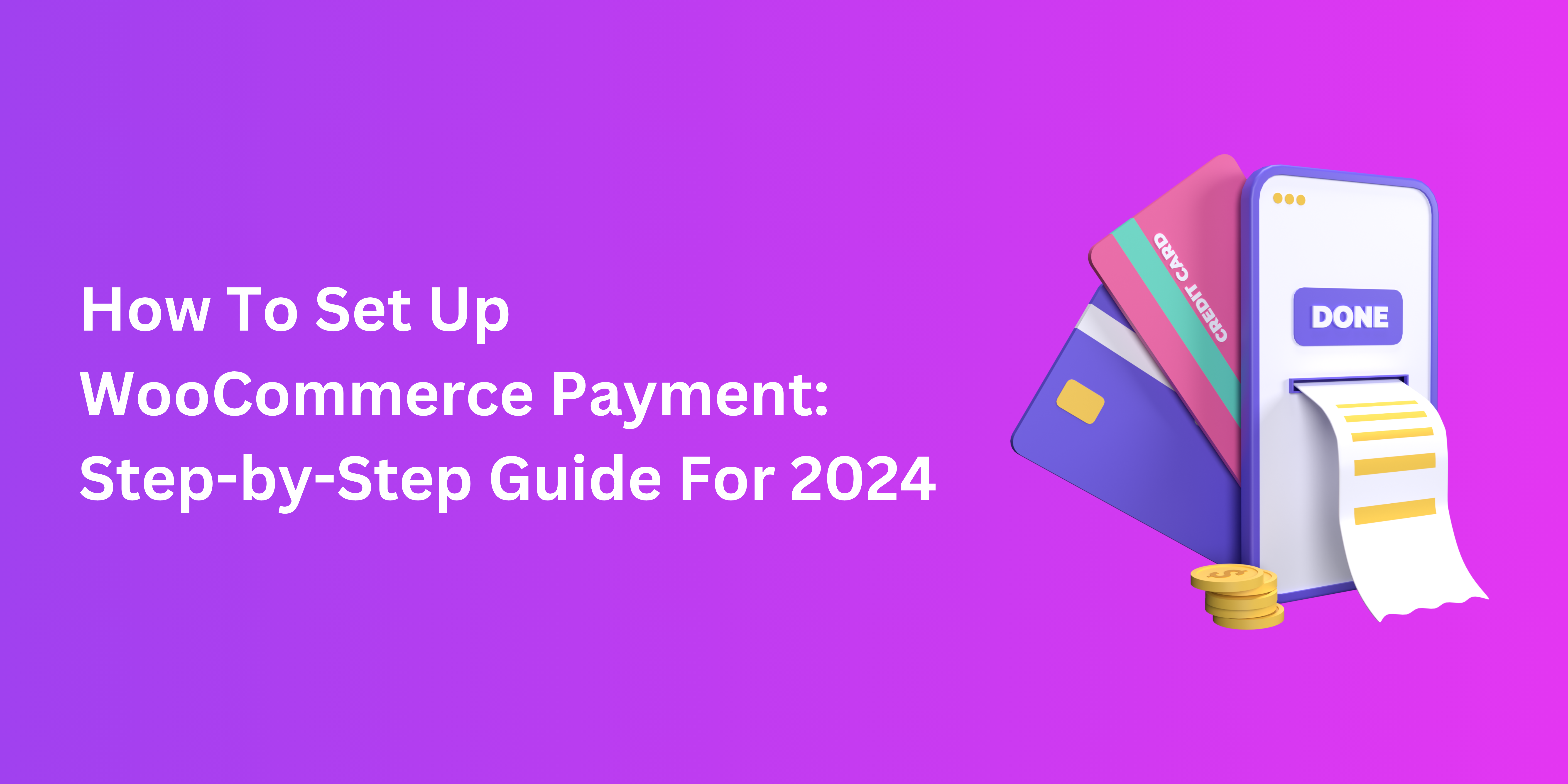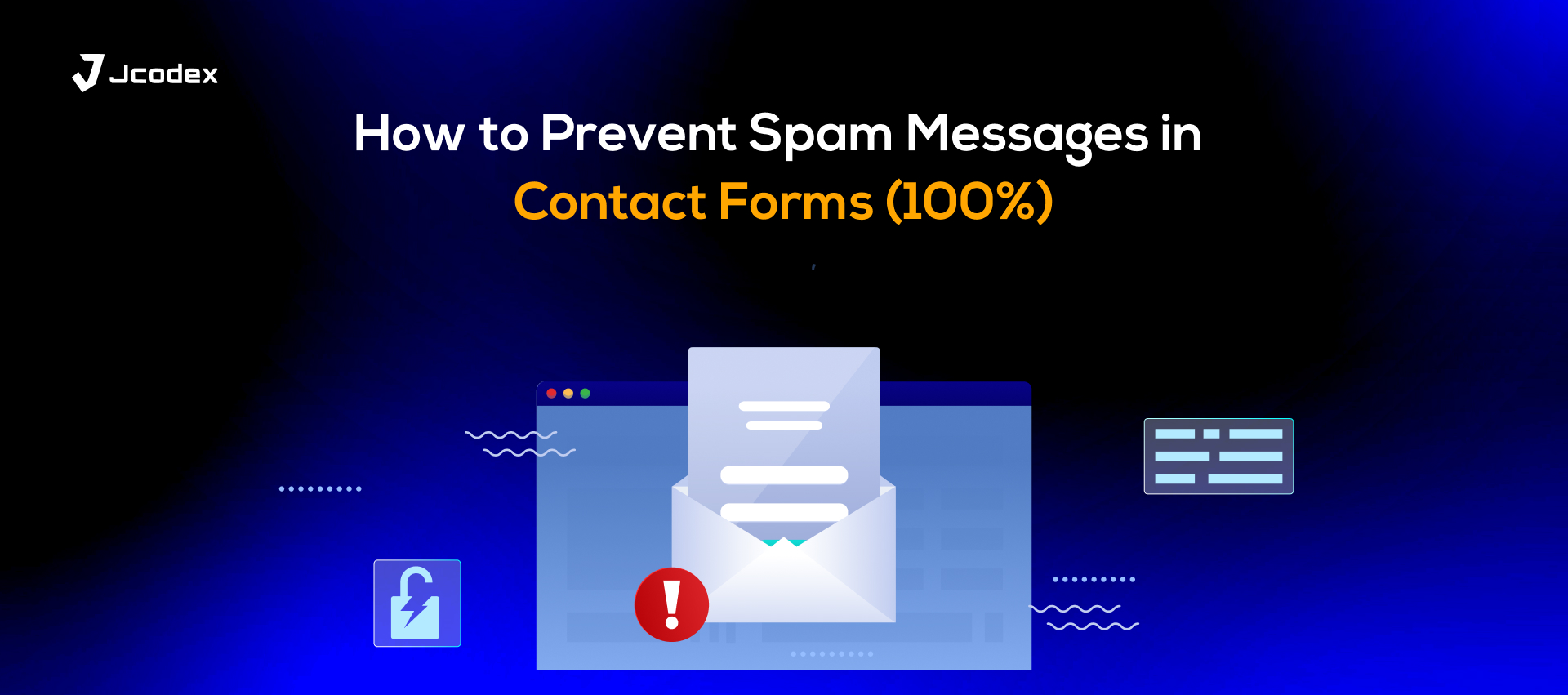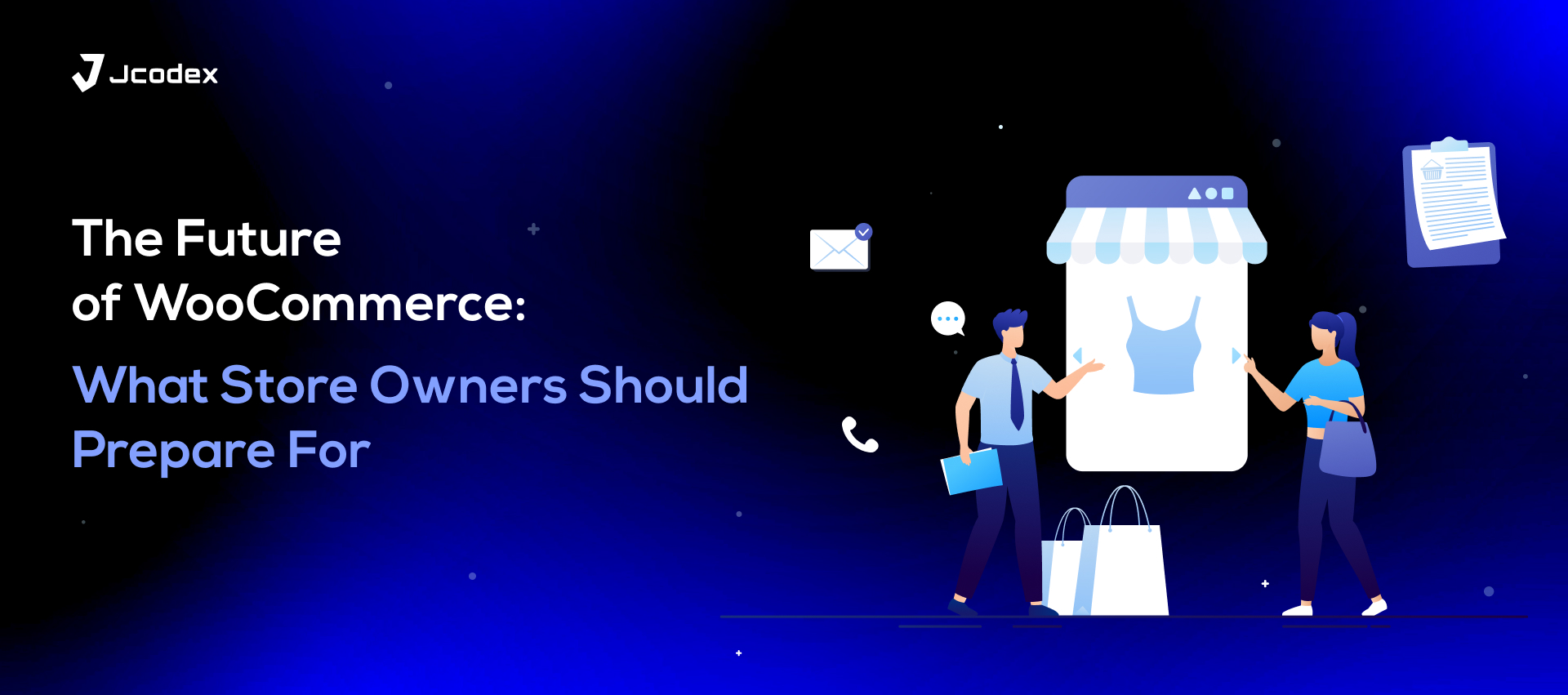With e-commerce dominating the market, the barriers to selling online have gotten easier to conquer. Setting up an online store should be your ticket to a stable income. However, there’s a lot more mapping out a proper WooCommerce payment strategy than that.
While online businesses enjoy greater reach, their average conversion rate is a mere fraction of what brick-and-mortar retailers bring in. A step-by-step approach ensures a seamless and high-converting payment mechanism. To do that, it’s important to understand what can go wrong here.
Step 1: Identify Key Issues
The ultimate goal of enabling payments in WooCommerce is to ensure a seamless and high-converting payment mechanism. To do that, it’s important to understand what can go wrong here.
Payment Gateway Setup
Getting payment gateways just right can be a tricky balance. Common problems include poor compatibility, limited scope, or problems with setup or updates. Failure to address these issues can frustrate buyers and lead to cart abandonment.
Theme Incompatibility
The WordPress theme serves as the backbone for a functional WooCommerce shop. Sometimes, your WooCommerce payment integration can be hampered due to incompatibility with the theme.
Transaction Delays
An optimised system of payment should allow for quick and efficient transactions. If your store isn’t built to withstand large traffic or other unusual activity, your customer might experience delays in order processing. Misconfigured payment settings can also lead to this issue.
Payment Fraud
Cyber threats put your business and your customers at risk. Payment gateways require vetting that ensures they don’t lead to fraudulent transactions or any type of online theft.
Step 2: Key Considerations
Being able to sell online becomes much easier with the right planning. To create a payment system that works, remember the following points.
Offer Multiple Options
It’s not just a matter of inclusivity. More payment gateways ensure that online stores can increase their source of revenue. If a buyer has trouble purchasing with one gateway, a backup portal ensures that the transaction can be completed.
Selecting Payment Gateways
The best payment gateways for WooCommerce stores tend to align with their business model and target audiences. So, there are multiple things to consider when choosing gateways, like transaction fees, global availability, active currencies, and compatibility with WooCommerce payment integration.
Preventing Cart Abandonment
Cart abandonment can arise due to a range of issues surrounding payment. From checkout-related friction to lack of transparency, different customers might be put off by different things. Test your checkout and uphold a customer-centric approach to your payment system.
Step 3: Setting Up WooCommerce Payments
WooCommerce offers several channels for accepting payments, both on and offline. Let’s discuss how to make the most of them.
Integrate Payment Gateways
Online payment gateways exist in the form of plugins that should seamlessly integrate into your checkout page. Adding each of them might involve some distinct steps, but the overall process is similar across these gateways. Strip and PayPal are two of the most popular options for WooCommerce payment integration.
To activate Stripe in WooCommere, make sure that you have an account registered and are using the latest updated version of either plugin. From there, just go as follows.
- From the admin panel, go to plugins and search for the Stripe Payment Gateway.
- Install and activate the plugin.
- Go to Payments in Settings.
- Turn on “Stripe (Credit Card)” before logging into your Stripe account.
- Click on Manage and go to Settings.
- Click the “Enable Stripe” option to activate the gateway.
- Configure the API keys and test webhooks to your liking.
You can apply some version of this sequence for adding most payment gateways to WooCommerce. For instance, along with Stripe, you can set up a Squareup WooCommerce payment gateway as well. Just make sure to test your gateway and ensure that it suits the needs of your store and customers.
Activate Offline Payments
Offline transfers make it easy for buyers to complete a purchase without a Wi-Fi signal. WooCommerce offers three options for enabling offline payments, which are
- Card transfers
- Payment by check
- Cash on delivery (COD)
Enabling these means of payment offers greater flexibility and options to buyers who are momentarily short on credit or the Internet. To activate them, simply go as follows.
- Navigate Settings in WooCommerce.
- In Payments, find and toggle each of the three offline payment options.
- Click “Finish set up” to configure each option.
- Add titles, descriptions, or any required instruction to each option.
- Check “Enable” for each payment method.
- Save your changes.
Be sure to streamline each offline payment method for the best results. For instance, you can enable COD for virtual orders, or place an address where you can send a check.
Step 4: Fine-Tune WooCommerce Payments
Once you’ve set up the payment mechanisms, the final step is to keep them functional and customer-friendly. Here are a few key things to remember.
Currency Conversion
Tools like WPML offer currency-changing capabilities at checkout. So, you give overseas buyers the option to pay in their local currency. When implementing multiple currencies, make sure to test the conversion rates and maintain clarity and transparency at checkout.
Collect Recurring Payments
This is more of an optional step, but absolutely worth considering. With your payment mechanism set, a subscription-based model can prove to be a win-win for sellers and buyers alike.
Collect recurring revenue and offer a valuable product, along with some perks like discounts or free newsletters or gifts. Crucially, however, don’t force buyers to subscribe. Keep it optional and let them decide what’s best for them.
Security Measures
Invest in robust online security with SSL certification and two-factor authentication. The promise of safe transactions is a central requirement for collecting payments online. It also helps stores stay on the right side of online compliance guidelines.
Update And Monitor
Multiple payment gateways mean that your store has a lot of activity that needs to go smoothly. Routine testing and updates make sure that the performance, presentation, and security of your WooCommerce payment gateways remain up-to-date.
Guest Checkout
Make sure that non-registered buyers have the same access to your payment offerings as your loyal subscribers. This increases sales and further lowers the risk of cart abandonment.
Conclusion
Planning a foolproof WooCommerce payment setup is important for online stores. With e-commerce shoppers harder to impress than ever, a little effort goes a long way. Keep your payment options convenient, well-managed, and inclusive. A diligently thought-out payment strategy is just what your store needs to thrive.



